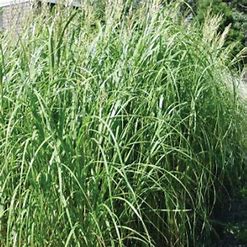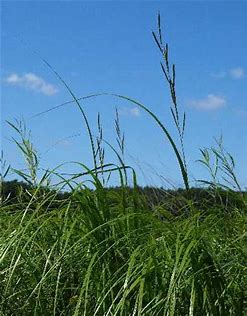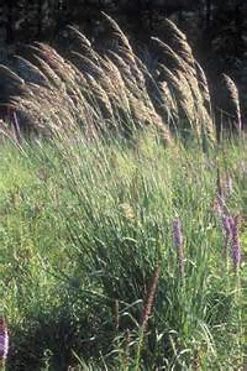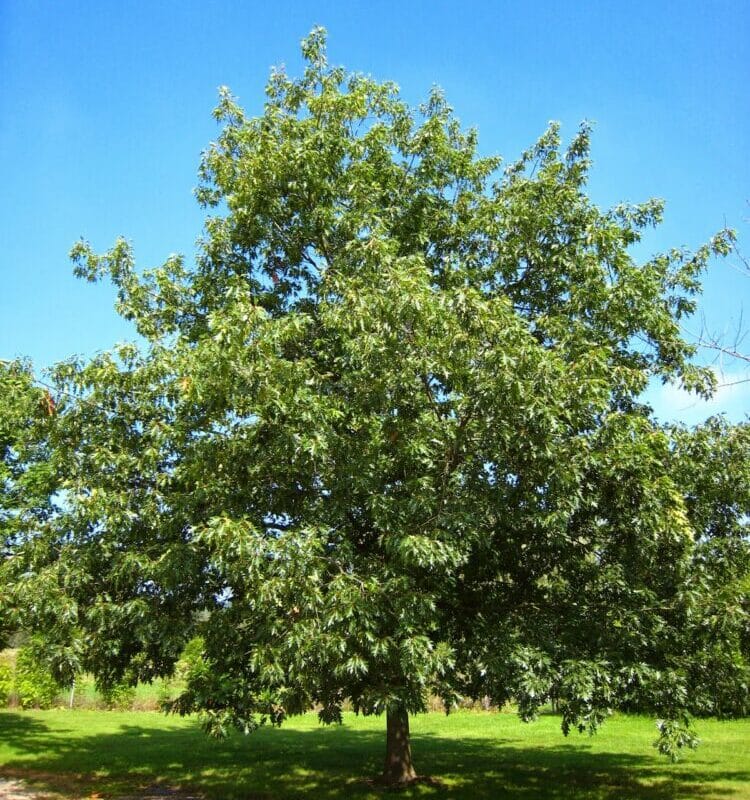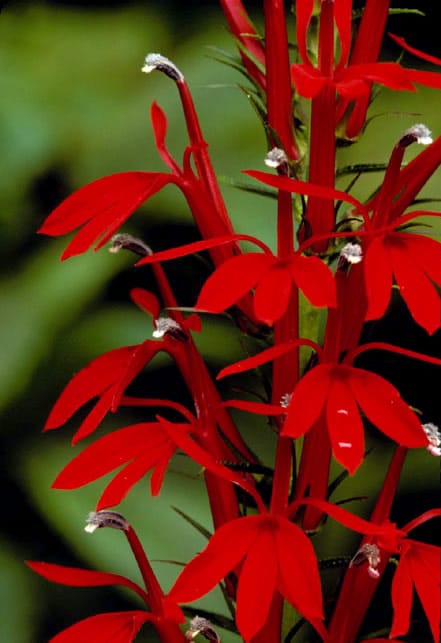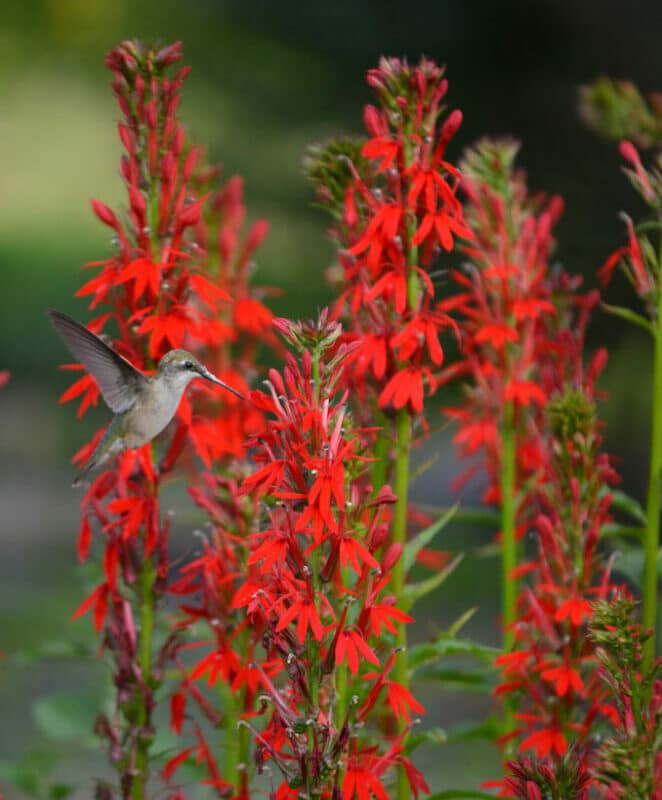Description
Prairie cordgrass is a tall (6-8 feet), robust, native grass. Strong rhizomes with the ability to grow 5-10 feet per year separate this grass from the other desirable native warm season grasses. Best grown in fertile, moist to wet loams in full sun to part shade. Plants tolerate sandy or rocky soils. This grass will spreads by rhizomes to form large colonies. Plants also tolerate some dry soils where they tend to grow/spread less aggressively. An easy characteristic to look for is the sharp, serrated edges of the leaf blade. Seedheads are composed of 10 to 20 spikes attached to the main stem. Each spike has up to 40 spikelets, all growing in two rows on the side of the spike away from the stem. The seed typically matures within a week or two of frost, and is flat, paper-like with barbed awns that attach firmly to fur or fabric.
Prairie cordgrass grows throughout the Northeast, Great Lakes and Midwest states as well as most other states in the country. It is typically found on lower, poorly drained soils along roadsides, ditches, streams, marshes and potholes. A great choice to combat invasive Reed Canary Grass near water’s edge. The gracefully arching foliage of Prairie Cordgrass cuts a fine figure in summer and then turns a bright gold in autumn. It spreads rapidly by rhizomes, making it an excellent grass for stabilizing fresh soil around newly excavated ponds, streambanks, and wet areas.
